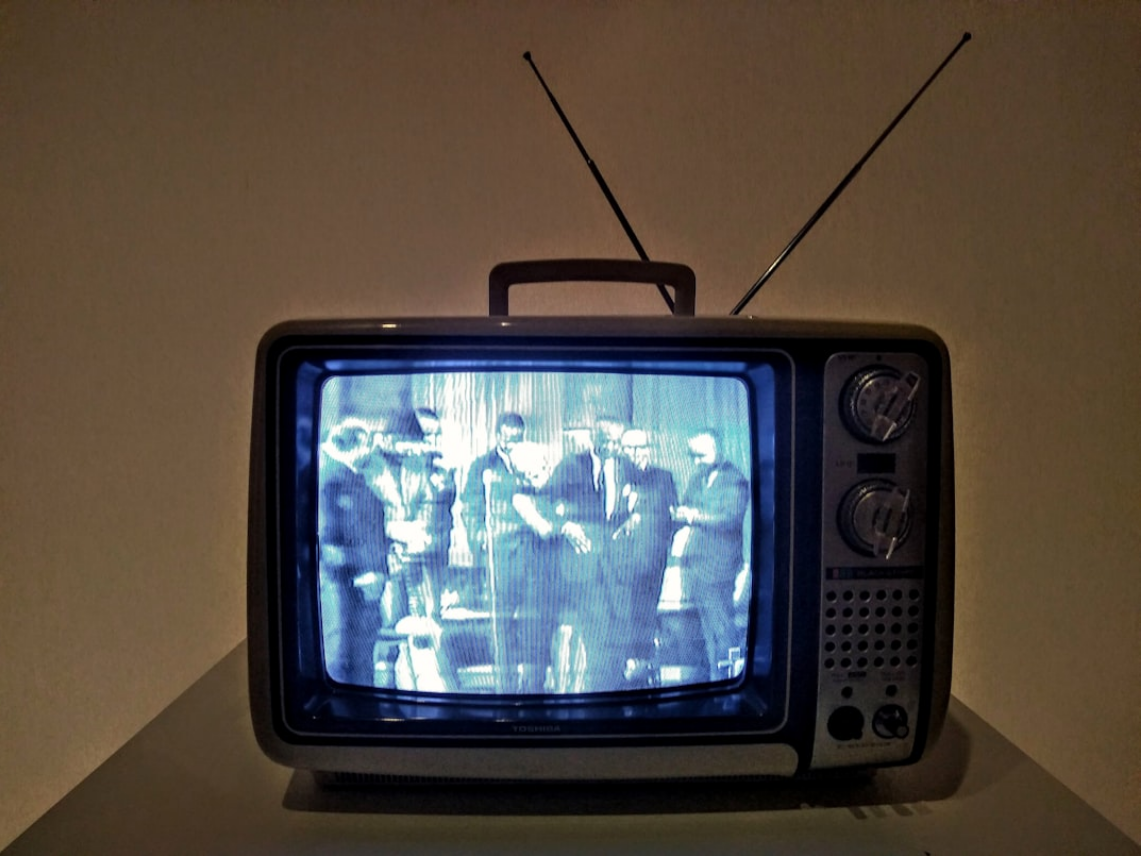The crisis facing broadcast television isn’t looming on the horizon anymore — it’s here. Viewership has tipped decisively toward streaming, advertising is shifting to more-targeted digital platforms, and historically reliable revenue streams that have sustained local stations for decades are eroding rapidly. Broadcasters’ traditional strategies — consolidating ownership, harvesting political ad cycles, lobbying regulators — are proving collectively inadequate in the face of seismic consumer change. The Jimmy Kimmel spectacle may have grabbed headlines, but it was a sideshow compared to the real story: the accelerating obsolescence of the broadcast TV model itself.
Streaming’s Relentless Winning Streak
Streaming has officially overtaken traditional TV. In May 2025, streaming services captured 44.8% of all U.S. viewing, edging past broadcast (20.1%) and cable (24.1%) combined at 44.2%. YouTube alone now commands more screen time than any single broadcast network. Free ad-supported streaming services already draw bigger audiences than some of the legacy networks that once defined American culture. This transformation is not a slow erosion; it’s a wholesale realignment of consumer habits. Comparing May 2021 to May 2025, streaming usage surged 71%, while broadcast fell 21% and cable dropped 39%. Audiences now expect content on-demand, personalized, and mobile-first. Local TV, rooted in linear distribution and decades-old dayparts, struggles to keep pace.
Retransmission Fees: A Crumbling Lifeline
Local stations today depend more on retransmission fees than on advertising. These payments from cable and satellite operators now make up more than half of station revenue. But the system is collapsing under their feet: pay TV households are dwindling, and by 2030 fewer than six in ten homes will still pay for a bundle.
From 2020 to 2023, local TV stations’ distribution revenue from MVPDs and vMVPDs rose 22.5%, from $12.3 billion to $15.1 billion; however, growth is expected to flatten through 2028 as cord-cutting reduces the base of paying households, creating a dual challenge of declining viewership and stagnant retransmission revenue — with no clear supplement or replacement strategies.
Innovation Paralysis
Rather than adapt, broadcasters and their lobbyists at the National Association of Broadcasters (NAB) keep fighting the last war. They demand weaker ownership rules and petition the FCC for mandates to force adoption of “NextGen TV” (ATSC 3.0) — a technology that’s been rolling out for years with almost no consumer demand.
Market evidence shows very limited adoption: ATSC 3.0 tuners were built into only about 10% of new TVs shipped in 2024. Innovation by regulation is no substitute for products audiences actually want. Broadcasters cling to spectrum as a static asset, lobbying for relief instead of using it to launch and promote interactive, local-first, or mobile-targeted services that could rebuild engagement.
The Political Ad Mirage
Every two years, local TV stations reap billions in political advertising. The 2024 presidential cycle set new records, and the 2026 midterms are expected to do the same. But this windfall is deceptive. In odd years, traditional ad revenue declines, and even political campaigns are increasingly shifting to connected TV (CTV), which allows far more precise voter targeting.
AdImpact projects CTV political ad spend will grow from $1.09B in 2022 to $2.48B in 2026. That same forecast puts overall 2026 midterm spending at roughly $10.8 billion, up from $8.9 billion in 2022. Digital platforms now match viewers to first-party data, optimize messaging, and measure outcomes — advantages broadcast cannot replicate. Depending on a biannual sugar high leaves stations vulnerable to volatility in every non-election quarter.
Consolidation As Default
As audiences shrink and revenue becomes more precarious, station owners are turning to consolidation. High-profile deals — including Nexstar’s bold pursuit of the long-sought Tegna — are often framed as efficiency strategies, but in reality, they reflect retreat. Fewer owners mean fewer independent voices, more centralized programming decisions, and reduced accountability to local communities.
The recent pre-emptions of Jimmy Kimmel Live! by two major station groups illustrate this trend. These were corporate-level decisions, not the exercise of “local judgment” about what serves the “public interest,” as FCC Chairman Brendan Carr has absurdly claimed. While Kimmel’s show isn’t a news program, the incidents reveal a broader shift toward centralized editorial control — a shift that threatens essential local journalism.
Consolidation may streamline operations, but it comes at the cost of localism, diversity of viewpoints, and the very accountability that once distinguished market-specific broadcast television. The Kimmel incident is symptomatic of a much deeper crisis in an industry struggling to reconcile its old business model with a rapidly changing media landscape.
A Path Forward?
All that said, local broadcasters still own something valuable: scarce spectrum, community recognition, and the capacity to produce local news and culture. Survival will require abandoning defensive posturing and more actively (and honestly) embracing change. That means more aggressive experimentation with direct-to-consumer subscription offerings, building local digital platforms, and creating services streaming giants cannot replicate.
Straightforward examples might include neighborhood-focused news hubs, live local sports streaming, and hyper-local events and advertising marketplaces. More boldly, spectrum could be repurposed for interactive data services, localized weather or emergency alerts, or even educational programming delivery — all areas where scale alone cannot compete.
Regulators must also enforce meaningful public-interest conditions on mergers, ensuring consolidation doesn’t equate to homogenization. And broadcasters need to demonstrate measurable value to communities, not just to shareholders.
Local broadcast television won’t end in a single moment — it’s fading gradually, piece by piece. But its existential crisis is not just likely — it is unavoidable, unless broadcasters rediscover the innovation that once made them indispensable. And fast.

